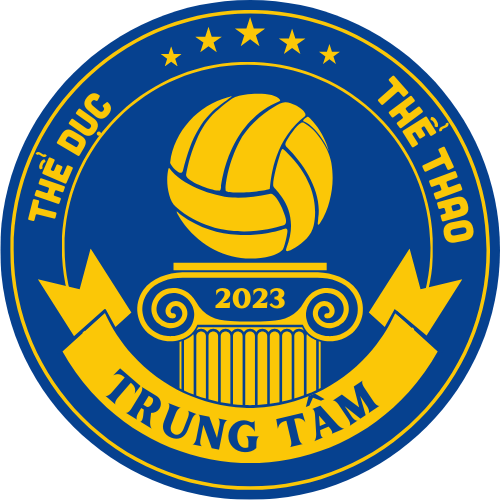The act of preserving digital files – whether files, images, scripts, or player states – is crucial to modern computing. This report investigates the processes controlling save locations across system software, software programs, entertainment software, and terminal environments.
—
## Explaining “Save” in Technical Frameworks https://savewhere.net/
The verb “save” stems from Old French *salver* (“to protect”) and Latin *salvus* (“safe”). In computing, it retains this essential definition: safeguarding data from loss while enabling later recovery. Modern usage encompasses three primary actions:
1. Preserving data from ephemeral memory
2. Efficient resource management
3. Explicit preservation through storage locations
—
## Operating System-Level Save Configurations
### Windows Presets and Modification
Windows traditionally defaults to user-specific directories like `Documents`, `Downloads`, and `AppData`. Administrators can reassign these via:
– Registry Edits
– Folder Properties
– Organizational rules
—
## Program-Centric Save Behaviors
### Productivity Suites
Microsoft Office’s recent “Save As” dialog defaults OneDrive unless modified. Key parameters include:
– Deactivating Backstage View
– Organizational standards
– Hybrid storage solutions
—
## Interactive Session Management
### Storage Variability
Game saves exhibit notable decentralization:
1. Online game sync
2. Platform-Specific locations
3. Registry-Embedded configurations
—
## Resolving Save Location Challenges
### Frequent Issues
1. Access restrictions
2. Cloud versioning issues
3. Legacy Software Assumptions
System parameters like `%USERPROFILE%\SavedGames` systemize game paths, while inspection scripts detect recent saves through chronological analysis.
